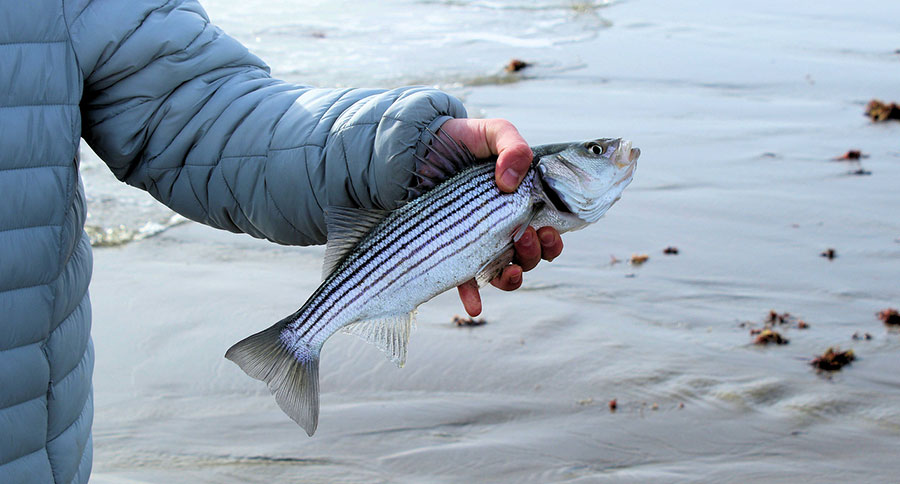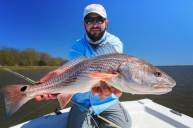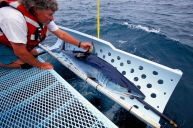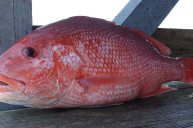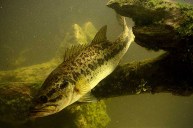Striped bass are being overfished, according to a study that could have ramifications on fishing regulations.
The Bay Journal reported on the findings of an on-going study presented to the Atlantic States Marine Fisheries Commission (ASMFC) that showed a surprisingly dire situation for striped bass in the United States.
Though understood to be in decline, Atlantic striped bass populations were determined to be below the threshold of "spawning stock biomass," which measures the number and size of reproductive age females.
Long viewed as a fishery management success story, the fate of striped bass populations in some parts of the Atlantic could be even more drastic as a result of regulations intended to help improve the situation.
When minimum catch size limits were increased, the number of undersize fish that were caught, handled, released, and died went up as well. Fishing mortality is always going to affect populations on some level, but with the striped bass, it was multiplied.
The striped bass (Morone saxatilis), or rockfish, saw critical overharvest in the 1980s, leading to an entire moratorium on catching the species. A rebound produced an estimated 419 million fish aged one year or more and ended the moratorium.
Numbers stayed level for about a decade until population counts reversed, which was blamed on reproductive inconsistencies and said to be thanks in large part to weather patterns. It's not necessarily water quality or reduction of spawning areas, but more uncontrollable factors that have come into play.
The partial government shutdown delayed the finalization of the study, but early indications of this new information on the stock assessment point to a need for something to change in the fishery management plan.
The ASMFC's Striped Bass Management Board requested that its advisers estimate the level of catch reductions needed to bring the stock above management targets at its May meeting, and these findings could influence the decision.
Striped bass fishing has long been a major draw for anglers interested in experiencing a unique and enjoyable outdoor activity. From Florida to Massachusetts, the Atlantic Coast has seen recreational fishing for striped bass boost local economies and develop an angling tradition that brings people back time and time again. Even places as far apart as Chesapeake Bay and the Gulf of Mexico stand to be affected by these sort of findings.
But if recreational anglers keep their attention on the condition of the striped bass stock on the East Coast and beyond, there may very well be changes afoot that could alter their activities in more ways than one.
NEXT: ANGLER BREAKS MARYLAND LONGNOSE GAR RECORD
WATCH
